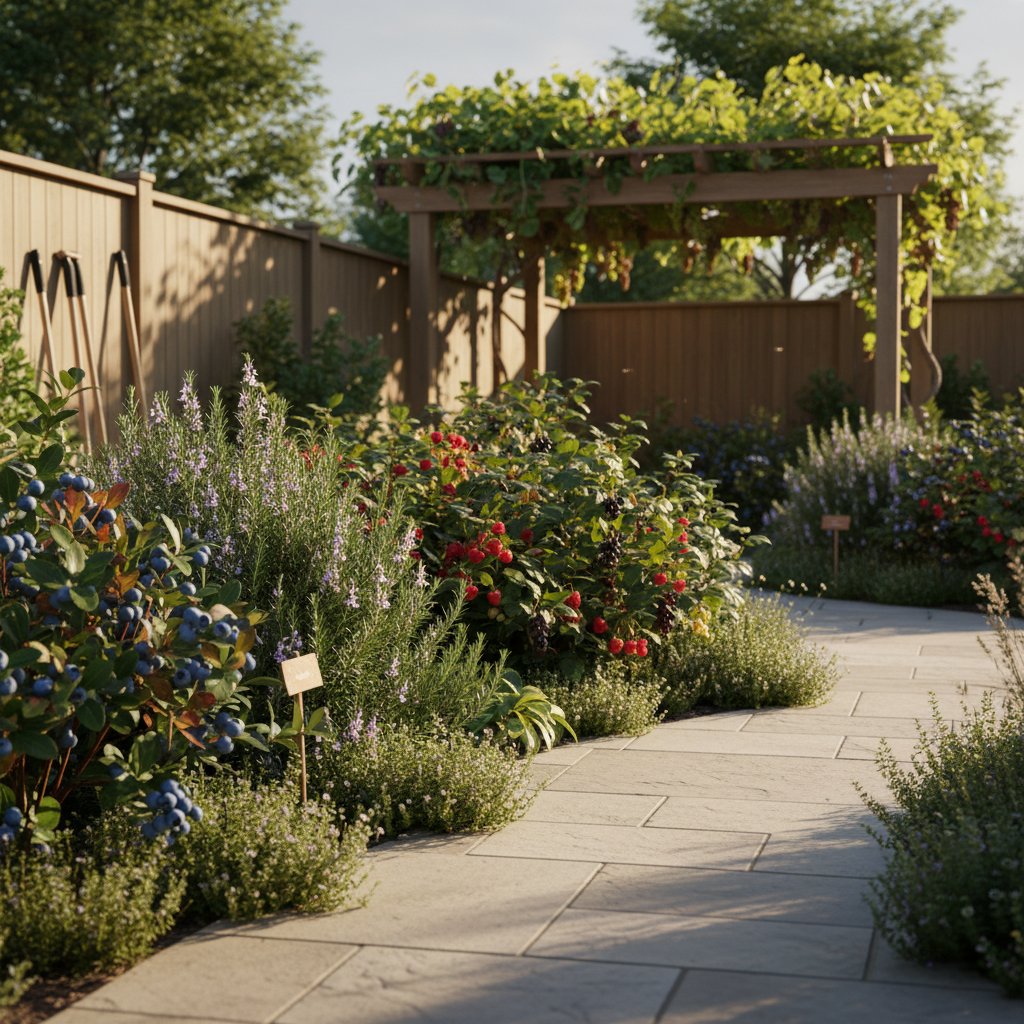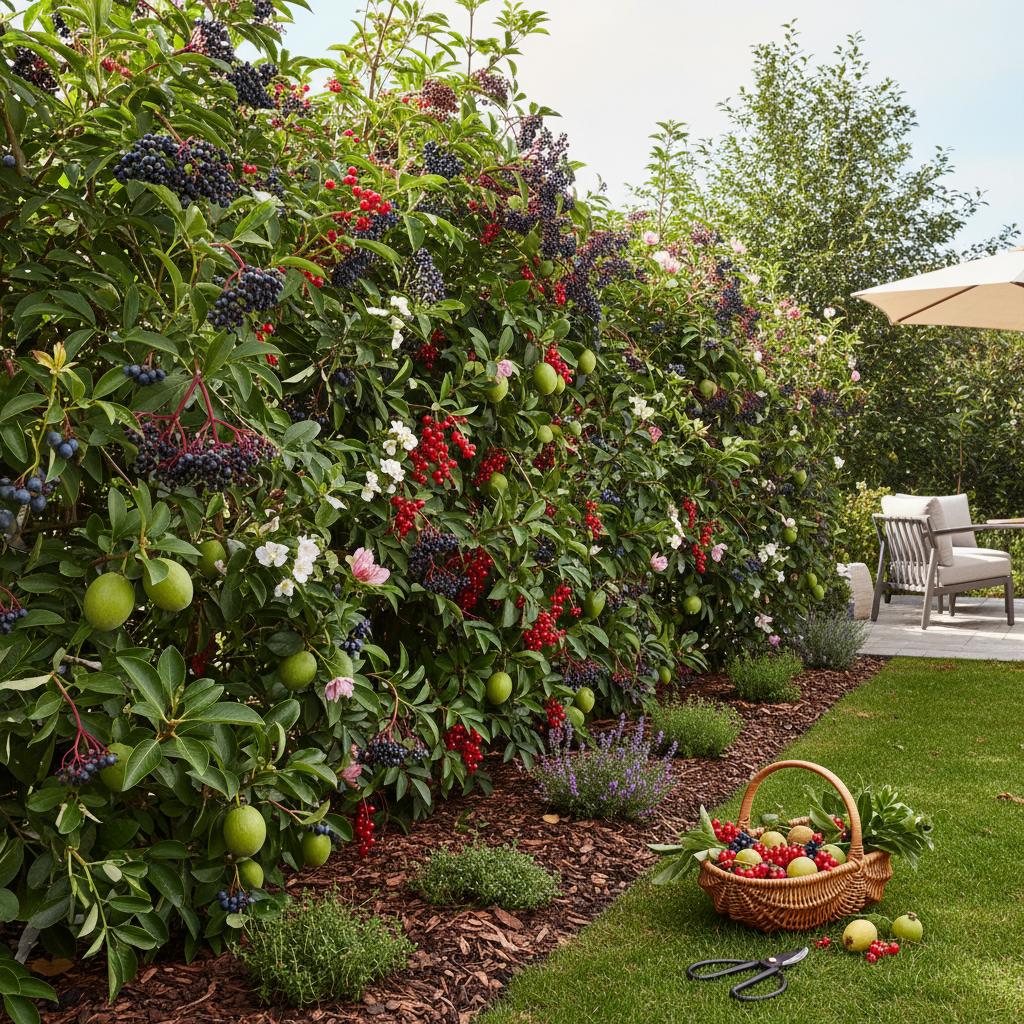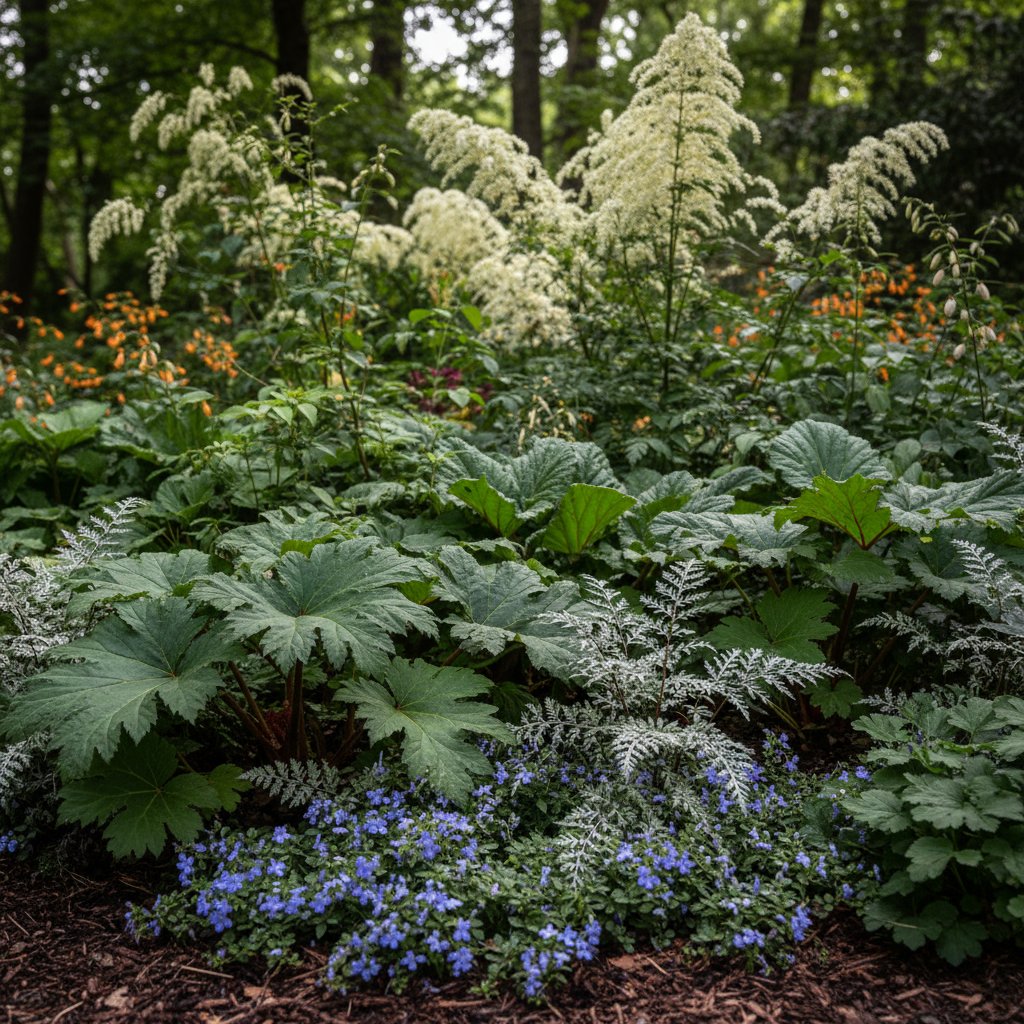Replace Traditional Shrubs with Edible Food Hedges
Homeowners often experience a profound sense of fulfillment when strolling through a garden that nourishes them. The aroma of ripening fruit blends with fresh foliage, bees buzz among the flowers, and plucking a ripe berry provides an immediate connection to the land. While many fill yard borders with ornamental shrubs for privacy and form, an increasing number recognize that edible plants can fulfill these roles while yielding harvests. By substituting traditional shrubs with edible hedges, gardeners create borders that blend aesthetics with productivity.
The Appeal of Functional Hedges
Hedges serve essential purposes in landscape design. They delineate boundaries, provide seclusion, and introduce visual rhythm to outdoor spaces. Classic options such as boxwood and privet endure due to their predictability and ease of shaping. However, these plants offer minimal benefits beyond visual appeal. Edible hedges, on the other hand, deliver evolving colors, varied textures, and seasonal yields that enhance the garden year-round. Gardeners can prune them into precise forms or permit a more organic growth habit to suit formal or relaxed styles.
Imagine a lineup of blueberry shrubs crafting a lush, blue-tinted screen, or a diverse planting of currants, rosemary, and serviceberry forming a robust barrier. These selections provide the same structural support as non-edible shrubs, yet they encourage active engagement. The hedge evolves from mere decoration into an integral element of daily garden life.
Selecting Suitable Plants
Effective edible hedges balance utility, taste, and visual interest. Evaluate the hedge's primary function when choosing plants. For maximum privacy, select varieties with thick foliage. To emphasize aesthetics, prioritize those featuring striking leaves, blooms, or berries. To extend the harvest period, combine species that fruit at staggered intervals throughout the growing season.
Reliable options include the following:
- Blueberries: These produce delicate spring blossoms, juicy summer fruits, and vibrant red autumn foliage. They thrive in acidic soil with a pH of 4.5 to 5.5 and maintain neat shapes through annual pruning in late winter.
- Currants and gooseberries: Well-suited to partial shade, these yield tangy berries ideal for preserves, pies, and sauces. Plant them 3 to 4 feet apart to allow for bushy growth up to 5 feet tall.
- Rugosa roses: Known for their scented flowers and vitamin-rich hips, these shrubs tolerate coastal conditions and poor soils. Harvest hips in fall after the first frost for optimal flavor in teas or jellies.
- Thornless blackberries: These create sturdy, vining barriers that bear large, sweet fruits. Support canes with trellises spaced 6 feet apart, and prune spent floricanes immediately after harvest.
- Herbaceous options like rosemary, lavender, or sage: These provide aromatic, evergreen structure, particularly effective along walkways. Trim lightly after flowering to promote bushiness and prevent woodiness.
Varieties differ in habit, from compact forms under 4 feet to spreading types reaching 8 feet. Combining different heights and leaf shapes fosters a dynamic, layered appearance that appears intentional yet wild.
Key Design Principles
Designing an edible hedge demands careful planning akin to constructing any permanent landscape feature. Assess site conditions including spacing, light exposure, and mature plant dimensions. Fruit-bearing shrubs generally require at least six hours of direct sunlight daily for optimal production, although certain herbs endure dappled shade. Position plants 3 to 6 feet apart based on their expected spread to prevent overcrowding as they establish.
Determine the desired aesthetic upfront. Formal designs necessitate frequent shearing to sustain straight edges, typically every 6 to 8 weeks during the growing season. Informal arrangements benefit from selective pruning once annually, preserving blooms and fruits to attract pollinators and birds. This approach enhances biodiversity while maintaining boundary definition.
Prepare the soil by tilling to a depth of 12 inches and incorporating 2 to 3 inches of compost. This amendment improves drainage and nutrient availability for robust root development. Apply a 2-inch layer of organic mulch around the base to conserve water and suppress weeds. With consistent attention, the hedge integrates seamlessly into the landscape and gains resilience over the years.
Essential Care Practices
Maintaining an edible hedge involves straightforward routines centered on monitoring plant health. Prune annually to remove dead wood and stimulate fresh growth; for fruit shrubs, target one-third of older canes in early spring. Irrigate thoroughly once weekly during establishment, providing 1 inch of water equivalent, and reduce frequency as roots deepen. Supplement with compost in spring or a slow-release fertilizer formulated for acid-loving plants to support vigor without excess growth.
Addressing pests and diseases proves manageable with preventive measures. Promote air circulation through proper spacing and pruning to deter fungal issues. Introduce companion planting, such as interspersing garlic near berry bushes, to repel aphids naturally. While birds relish fruits, install temporary netting over high-value sections or designate sacrificial areas to coexist harmoniously with wildlife.
Benefits Beyond the Harvest
Incorporating edible hedges extends far past seasonal yields. These plantings reshape interactions with the garden, prompting frequent visits to tend and gather. They serve as educational tools for teaching plant cycles to children or as sources for homemade preserves shared with community members. This integration of utility into ornamentation promotes sustainable living, demonstrating that productivity and beauty coexist effortlessly.
Adapt the hedge to diverse garden styles. In structured front yards, align uniform rows of dwarf fruit varieties for symmetry. Within informal cottage settings, intermingle berries and herbs for a romantic, overflowing effect. Compact spaces accommodate low-growing options like dwarf blueberries or trained espaliers along fences, maximizing output in limited areas.
Nurturing Long-Term Success
As the hedge matures, it develops a unique character shaped by seasonal shifts. Spring brings renewal through new growth and flowers, summer delivers abundance in fruits and herbs, and autumn offers colorful displays alongside lingering harvests. Integrate harvesting and light tidying into weekly routines to foster a thriving ecosystem.
Gardeners often expand upon initial success by incorporating additional edibles elsewhere. This evolution transforms the entire yard into a self-sustaining haven. Through deliberate selection and ongoing care, edible hedges deliver enduring privacy, delectable rewards, and a profound bond with the natural world.



